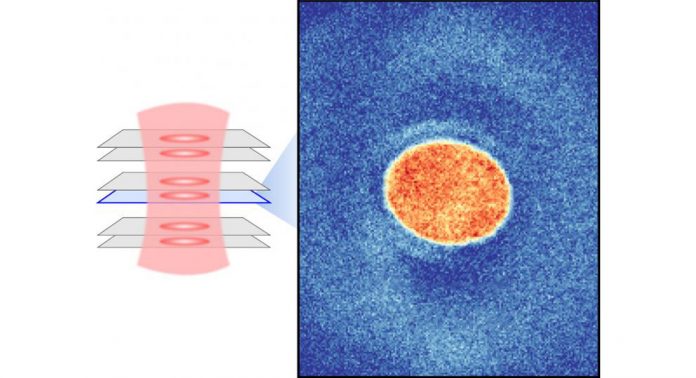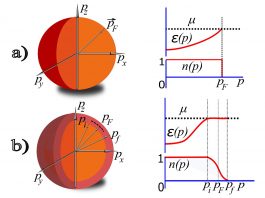Researchers at the University of Bonn, Germany, have used ultracold atoms to study a previously unknown quantum phenomenon.
The team published its findings in Nature, suggesting that the magnetic orders between two coupled thin films of atoms compete. Two-dimensional materials have been a popular research topic in recent years. They became known to a wider audience when two Russian-British scientists were awarded the Nobel Prize in Physics in 2010 for the discovery of graphene. The special feature of such materials is that they possess novel properties that can only be explained with the help of the laws of quantum mechanics and that may be relevant for enhanced technologies.
To further our understanding of the quantum phenomena related to two-dimensional materials, a team of physicists led by Professor Michael Köhl at the Matter and Light for Quantum Computing Cluster of Excellence at the University of Bonn are using quantum simulators, to mimic the interaction of several quantum particles.
Using these atoms to simulate solids
The simulator used by the scientists consists of ultracold atoms, which have a temperature of a millionth of a degree above absolute zero. The atoms are cooled down using lasers and magnetic fields. The atoms are located in optical lattices, i.e., standing waves formed by superimposing laser beams. The atoms simulate the behaviour of electrons in a solid state. The experimental setup allows the scientists to perform a wide variety of experiments without external modifications.
Within the quantum simulator, the scientists have, for the first time, succeeded in measuring the magnetic correlations of exactly two coupled layers of a crystal lattice. First authors Nicola Wurz and Marcell Gall, doctoral students in Michael Köhl’s research group, explains: “Via the strength of this coupling, we were able to rotate the direction in which magnetism forms by 90 degrees–without changing the material in any other way.”
To study the distribution of atoms in the optical lattice, the physicists used a high-resolution microscope with which they were able to measure magnetic correlations between the individual lattice layers. In this way, they investigated the magnetic order, i.e. the mutual alignment of the atomic magnetic moments in the simulated solid state. They observed that the magnetic order between layers competed with the original order within a single layer, concluding that the more strongly layers were coupled, the more strongly correlations formed between the layers. At the same time, correlations within individual layers were reduced.
The new results make it possible to better understand the magnetism propagating in the coupled layer systems at the microscopic level. In the future, the findings are to help make predictions about material properties and achieve new functionalities of solids, among other things. Since, for example, high-temperature superconductivity is closely linked to magnetic couplings, the new findings could, in the long run, contribute to the development of new technologies based on such superconductors.









